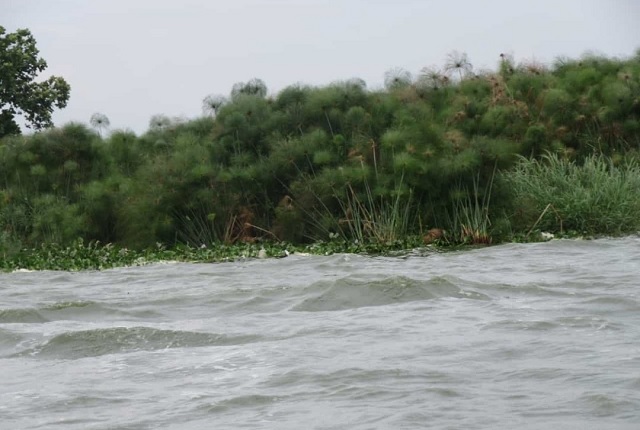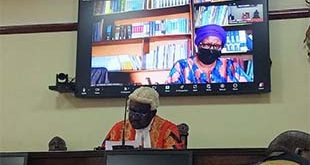
Kampala, Uganda | THE INDEPENDENT | The Ministry of Water and Environment has vowed to demarcate all wetlands within Wakiso district.
However, the programme is faced with resistance after locals expressed mixed reactions citing inadequate sensitization and hidden motives of evicting them.
Ali Wamala Ngudde, a resident claims that some people own titles in the areas which the ministry is claiming to be wetlands. He says that the ministry needs to be careful while trading on their land.
Richard Lumu, a resident of Namuyumba, accuses the government of applying environmental laws selectively. He says that authorities are targeting the local community as a soft spot while big chunks of wetlands are allocated to foreign investors. He points out several industries and factories are being constructed in wetlands in the area.
Available statistics indicate that wetlands in the last five years in Wakiso have decreased from 11 percent to seven percent as most of them have been annexed by factories, sand mining, real estate developments and agriculture among others.
Esau Mpoza, the Wakiso District Environment Officer, notes that whereas the district has tried to stop the encroachment, several individuals have been slowly filling the wetlands with murram and later claiming that the area is not waterlogged.
Mpoza adds that in many other areas the gazetted wetlands have completely disappeared and demarcation will help in the next phase of restoration.
Nicholas Magara, the coordinator of wetlands in the central region at the ministry of environment points out that Wakiso wetlands are of high importance to the Kampala Metropolitan but are disappearing.
The environmentalist, however, adds that due to invaluable benefits and ecological complexity, the ministry is making it a priority to safeguard them from encroachers. He says they will begin restoring the Mayanja wetland system which can be traced in Namayumba, Masulita sub-counties, and Nansana municipality. The system is also traced in other districts like; Nakasongola, Luweero, and Mukono.
According to Magara, the demarcation exercise will involve resurveying wetland boundaries and placing of marks-tones in the form of pillars and beacons. He says that they will be using 1994 baseline data which had captured most of the wetlands though some are no more.
Matia Lwanga Bwanika, the Wakiso LCV Chairperson notes that whereas the idea of demarcating wetlands is good, it will not solve the present challenges since most of the encroachers are backed by bigwigs in government.
“We all agree that people should have vacated wetland by yesterday. But there is no political will in the central government to enforce this. As we fight people off the wetland, NEMA is giving them permits to operate, who is fooling who then?” Bwanika wondered.
The demarcation of sensitive wetlands across the country is a work in progress. Reports from the ministry of environment indicate that over 600 sq. km of sensitive wetlands have so far been demarcated in the central region on top of cancelling over 290 certificates of title which had been erroneously issued in wetlands in the area of Wakiso, Kampala, and Mukono.
Statistics show that wetland coverage in Uganda has dropped from 37,346.3 Sq.Km in 1994 (15.5 percent) to 21,526.3 Sq.Km (8.9 percent) and it is projected to be only 8.4 percent by 2019 and if the destruction trends are not checked, Uganda will be left with only 1.6 percent of wetlands cover by 2040.
According to the Wetlands Management Department, the unit cost of restoring 1 hectare is 1.45 million shillings The Uganda atlas, 2017, pointed out that wetland destruction costs Uganda nearly Shs2 billion annually.
******
URN
 The Independent Uganda: You get the Truth we Pay the Price
The Independent Uganda: You get the Truth we Pay the Price


